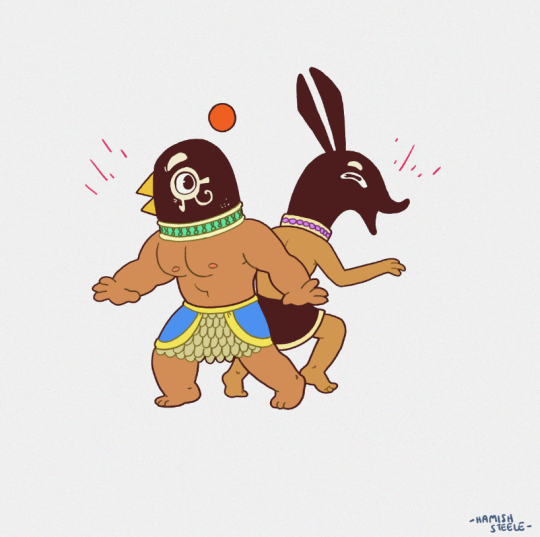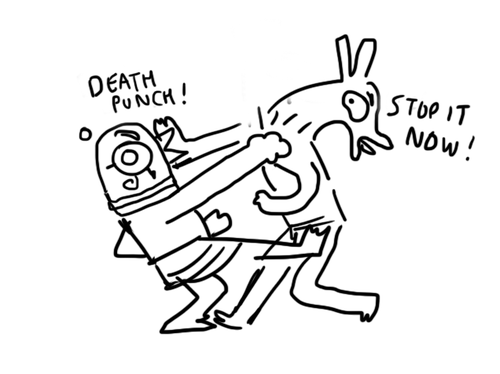Economy
Every province generates Food, Organic Goods, Minerals, Energy, or Manufactured Goods. These run in the background and have their own value which accumulates to your state as EP. Infrastructure can be built that increases economic output; it serves as a catch all for everything from communications networks to social services. Infrastructure has some externalities which can be seen in other sections; every player has an incentive to keep infrastructure from sinking too low.
The more provinces you have, the faster your population grows. More people allow more soldiers but more importantly, more believers; your province count and believer population increase your Faith (more on that later).
Spending
You have several EP spending options.
Converting provinces: For every 1 EP, you have a 10% chance of converting a province to your faith if it is of a major faith, and 20% if it is pagan. A proportionate number of heathens will convert if successful. Generally there is no penalty for failure.
Buying Infrastructure: 10 EP buys 1 unit of it.
Raising troops: You can raise 1 unit for 5 EP, though you are capped by how high your manpower for a turn is. In addition, you cannot have more units than you have population. A unit is an integrated force consisting of land, sea, and air components.
Bribing provinces: You can make neutral provinces join your empire through bribery; for every 1 EP spent per province, there is a 20% chance of success. So if you spent 100 EP across 100 provinces, you’d have a 20% chance for each. For one time only, there is a separate 25% chance of the new province being of your faith for each EP spent. In short, it is to your advantage to spend 3 EP per province, as this maximizes the odds of joining and of avoiding a heathen province.
In the event two powers are successful with bribery, the province will roll its faith and side with the same faith; the losing power will have its EP refunded. If both faiths are the same, the neutrals will pick whoever made the largest investment. If the investment was equal, they will decide randomly.
Upgrading demigods: In what seems like a satire of organized religion, your EP can in fact be used to upgrade demigods. 10 EP buys one point for any of their stats.
Warfare
No techs here! Results are determined by die roll, influenced by your numbers, your level of economic development (which is based on your level of manufactured goods and infrastructure divided by your population), and any faith benefits where applicable. All defenders get a standard defense bonus.
Note your Mobilization level, which determines how many troops you can raise (it also raises the demand for goods). For simplicity, it is 0, 1, or 2. Setting it to 0 will increase economic growth while 2 will slow it a little.
Casualties in player-to-player wars are determined by margin of victory/loss. War will either be quick and decisive, or drag on.
When invading another player, occupied provinces of your faith will accede to you immediately (unless your opponent is also of your faith). Others will not produce any benefit until a peace treaty is signed and they are annexed.
When invading a neutral province, there is no casualty risk. It is run like a standard battle, but the neutral lacks a defense bonus. Upon conquest, a neutral is assigned a faith. There is a 50% chance of being pagan, or a 1/12 chance of being one of the major faiths.
Intrafaith conflict: In the event two factions who worship the same god go to war, the god will randomly decide whether to support one faction or to nullify the benefits they have against each other; an exception is Anansi, who will always support the attacked power (an exception to if the attack was provoked by some sort of state malice; Anansi is omniscient enough to know who is at fault).
-Huehuecoyotl will support the faction with the most infrastructure investment.
-Coyote will choose at random who to support.
-Huxian will choose at random, with the odds being based on each party’s Faith amount.
-Set will support whoever has the larger military.
-Reynard will support whoever has more Faith.
Faith
Faith is one of the primary distinguishing traits of this game. At the beginning, you start with 100 Faith and every one of your provinces is of your faith.
Each turn, you get 1 Faith for every 100 net units of population that follow your faith and 1 for every 10 provinces that follow your faith. For every Faith you have, you have a 10% chance of converting neighboring provinces to your state AND your faith.
The gods favor those who have done well to spread their name. The more of your faith’s provinces that are under the protection of your state, the more likely you will receive a bonus from your deity. It could be more population, more military units, more land, more infrastructure, more gold, or maybe a stats boost to one of your demigods; there are many possibilities!
Every Faith has one Holy City. They will be assigned at game start to one state of a particular faith. Controlling a Holy City provides economic benefits proportionate to how many believers in the faith there are.
Every state that follows a particular god shares in its benefits, and each god’s power is based on their worldwide number of believers. On one hand, it is in your strategic interest to aid your fellow believers; as they grow, your god will shower you with more power. On the other, great benefits would accrue to you if you say, acquired the Holy City of your faith, or were to unite all of its believers under your state’s banner…
Demigods
Demigods are the dynamic of the game. Every state has 3; being blessed with superhuman longevity and durability by your gods, they do not die permanently and will eventually return to life if killed. Eventually.
Demigods can take just about any shape you desire, and need not be human. They carry out one action per turn and have 7 stats, all of which must be a minimum of 1. Stats can be upgraded through success in actions or by EP purchases.
-Health Points: Self-explanatory. If they run out, they die. They will come back at some point, but it’s a pain to lose 1/3 of your aces.
-Strength: How strong they are! Useful for a brawler to mow down enemies.
-Dexterity: Motor skills and reaction time! Useful for espionage, assassination (or avoiding it), or just using ballistic weaponry.
-Constitution: How much punishment a character can take. Useful if they’ll be doing a lot of field work.
-Intelligence: Measures overall knowledge. Especially useful for magic or mad science.
-Wisdom: Your character’s overall savvy and prudence. Remember the trickster tendency to get out of trouble because of this. Very useful for unexpected circumstances.
-Charisma: While questionably useful if you just want to smash people to pulp, it is very useful if you’re eager to persuade/manipulate others. Maybe you’ll convince that assassin to go home. Maybe you’ll provide a logical proof of why your god is the only one worth following.
On actions: you can do just about anything you desire. Just be aware it’s a die roll from 1 to 20 and God help you if it backfires. The GM reserves the right to overrule really out there actions like “end the game.”
1-3. Failure, with backfire.
4-6. Failure with large penalty.
7-9. Failure with small penalty.
10-11. No effect.
12-14. Standard success.
15-17. Success with circumstantial bonus.
18-19. Success with bonus.
20. Massive success with large bonus.
An action automatically fails if there’s a serious intervening variable; you can’t assassinate a character if you don’t know where that character is, for example.
All orders and actions do not need to posted publicly, only directions send in a single (!) orders PM are valid; posting false orders in the public thread is fair game. It wouldn't be much of a game of tricksters if 100% honesty was the only way to do things!








